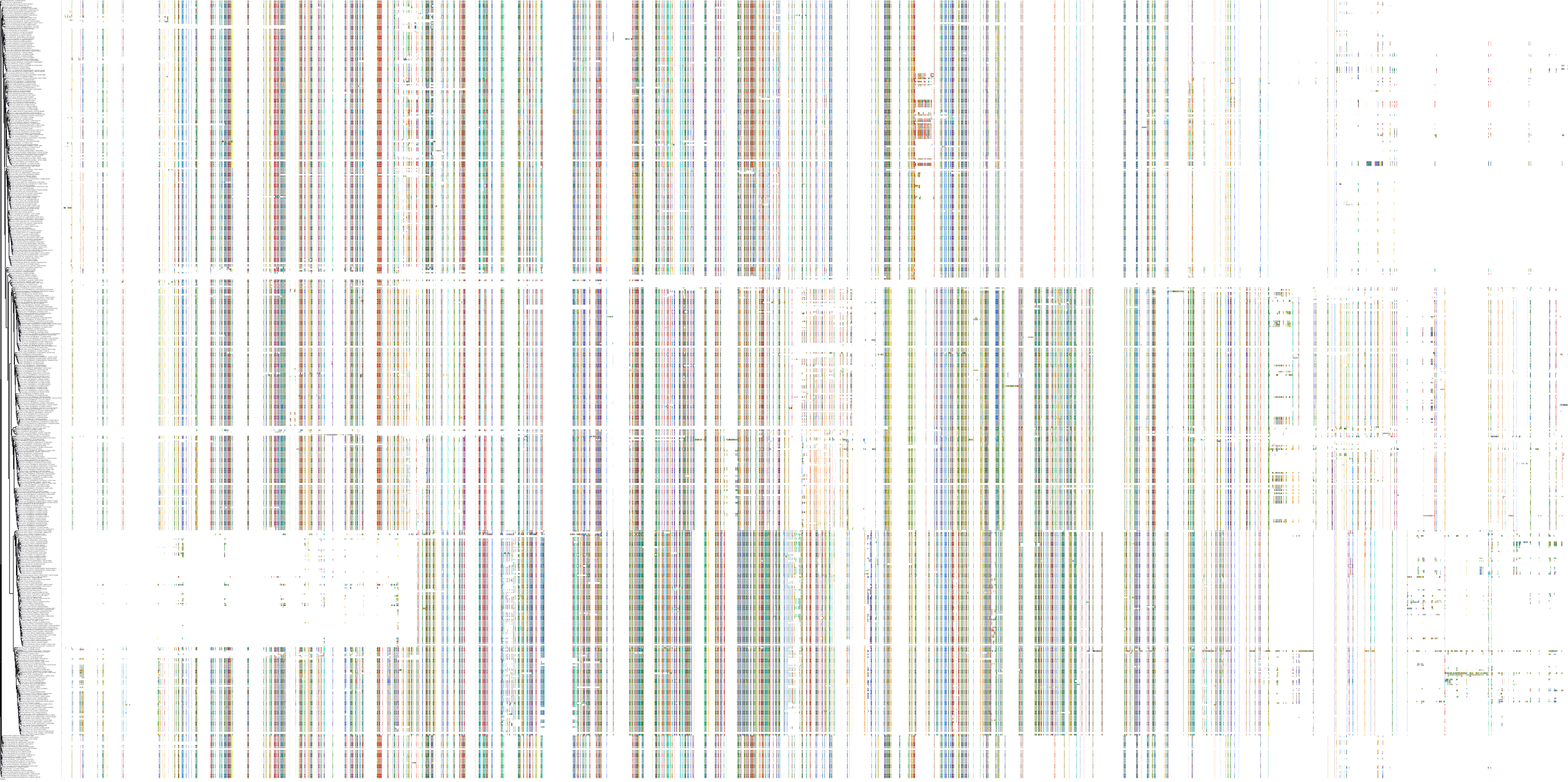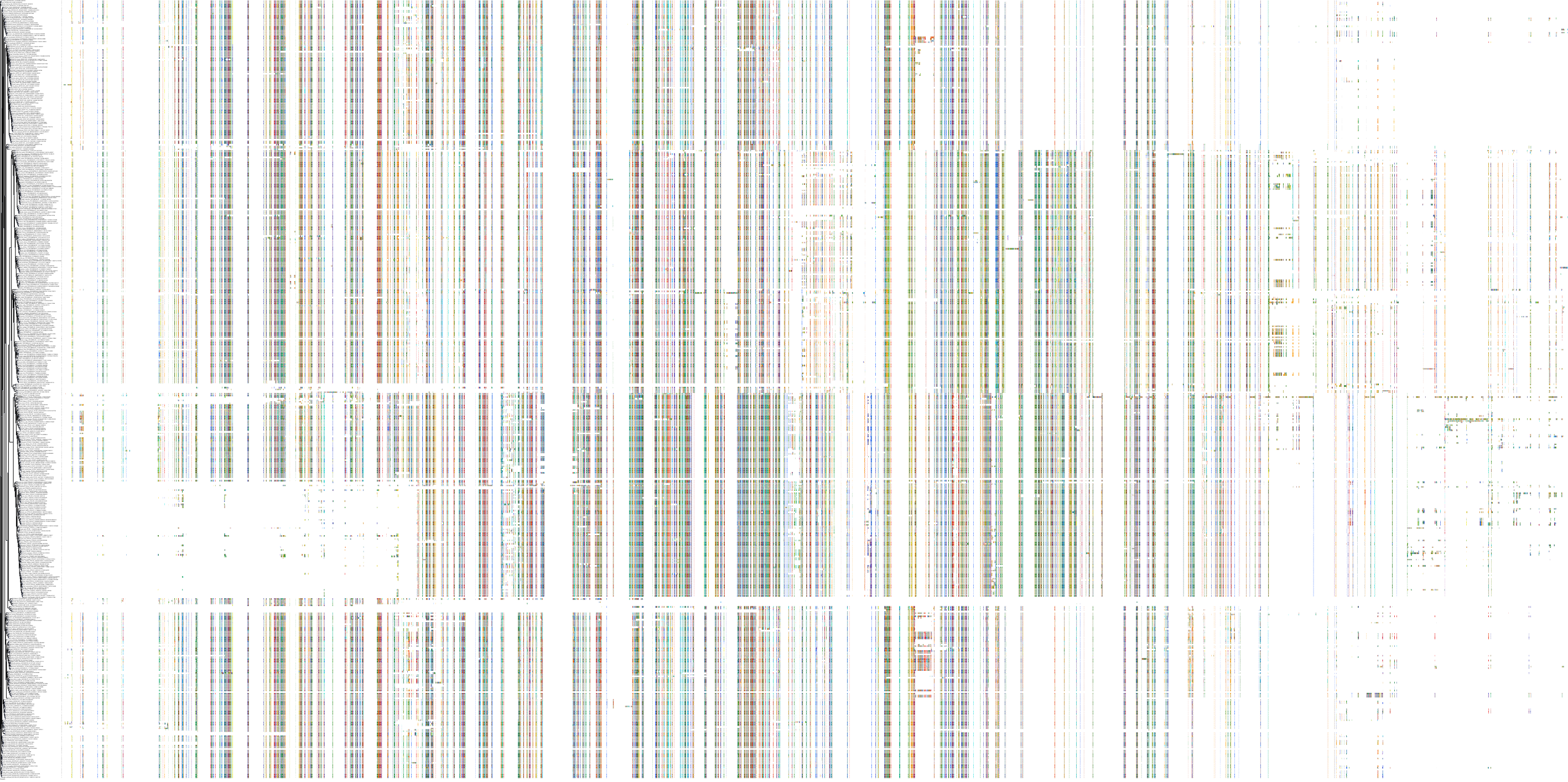|
Inhibition of Rho kinase
|
Homo sapiens
|
180.0
nM
|
|
|
Inhibitory constant against PKA
|
Homo sapiens
|
460.0
nM
|
|
|
Inhibitory constant against ROCK1
|
Homo sapiens
|
530.0
nM
|
|
|
Inhibition of human ROCK1 by homogenous luciferase assay
|
Homo sapiens
|
530.0
nM
|
|
|
Inhibition of human ROCK2 by homogenous luciferase assay
|
Homo sapiens
|
660.0
nM
|
|
|
Solubility at pH 4.5
|
None
|
180.0
nM
|
|
|
Inhibition of PKN2
|
None
|
780.0
nM
|
|
|
Inhibition of ROCK2
|
None
|
400.0
nM
|
|
|
Inhibition of ROCK1
|
None
|
660.0
nM
|
|
|
Inhibition of Prkcl2
|
None
|
780.0
nM
|
|
|
Inhibition of ROCK
|
None
|
181.97
nM
|
|
|
Inhibition of rabbit MKK1 expressed in Escherichia coli at 20 uM
|
Oryctolagus cuniculus
|
89.0
%
|
|
|
Inhibition of His-tagged human MAPK2/ERK2 expressed in Escherichia coli at 20 uM
|
Homo sapiens
|
94.0
%
|
|
|
Inhibition of His-tagged human JNK1a1/SAPK1c expressed in Escherichia coli at 20 uM
|
Homo sapiens
|
96.0
%
|
|
|
Inhibition of His-tagged human SAPK2a/p38 expressed in Escherichia coli at 20 uM
|
Homo sapiens
|
93.0
%
|
|
|
Inhibition of His-tagged human SAPK2b/p38b2 expressed in Escherichia coli at 20 uM
|
Homo sapiens
|
97.0
%
|
|
|
Inhibition of His-tagged human SAPK3/p38gamma expressed in Escherichia coli at 20 uM
|
Homo sapiens
|
87.0
%
|
|
|
Inhibition of His-tagged human SAPK4/p38delta expressed in Escherichia coli at 20 uM
|
Homo sapiens
|
103.0
%
|
|
|
Inhibition of MAPKAPK1b from rabbit skeletal muscle at 20 uM
|
Oryctolagus cuniculus
|
37.0
%
|
|
|
Inhibition of His-tagged human MAPKAPK2 expressed in Escherichia coli at 20 uM
|
Homo sapiens
|
90.0
%
|
|
|
Inhibition of His-tagged human MSK1 expressed in Sf9 cells at 20 uM
|
Homo sapiens
|
19.0
%
|
|
|
Inhibition of His-tagged human PRAK expressed in Sf9 cells at 20 uM
|
Homo sapiens
|
91.0
%
|
|
|
Inhibition of bovine heart PKA at 20 uM
|
Bos taurus
|
35.0
%
|
|
|
Inhibition of His-tagged human PKCalpha expressed in Escherichia coli at 20 uM
|
Homo sapiens
|
86.0
%
|
|
|
Inhibition of His-tagged human PDK1 expressed in Sf21 cells at 20 uM
|
Homo sapiens
|
92.0
%
|
|
|
Inhibition of human PKBalpha expressed in SF9 cells at 20 uM
|
Homo sapiens
|
88.0
%
|
|
|
Inhibition of His-tagged human SGK expressed in Sf9 cells at 20 uM
|
Homo sapiens
|
92.0
%
|
|
|
Inhibition of His-tagged human S6K1 expressed in Escherichia coli at 20 uM
|
Homo sapiens
|
32.0
%
|
|
|
Inhibition of His-tagged human GSK3b expressed in Sf21 cells at 20 uM
|
Homo sapiens
|
90.0
%
|
|
|
Inhibition of rat ROCK2 expressed in Sf9 cells at 20 uM
|
Rattus norvegicus
|
7.0
%
|
|
|
Inhibition of rat liver AMPK at 20 uM
|
Rattus norvegicus
|
77.0
%
|
|
|
Inhibition of His-tagged human CK2 expressed in Sf9 cells at 20 uM
|
Homo sapiens
|
102.0
%
|
|
|
Inhibition of PHK from rabbit skeletal muscle at 20 uM
|
Oryctolagus cuniculus
|
58.0
%
|
|
|
Inhibition of His-tagged human LCK expressed in Sf9 cells at 20 uM
|
Homo sapiens
|
94.0
%
|
|
|
Inhibition of His-tagged human CHK1 expressed in Escherichia coli at 20 uM
|
Homo sapiens
|
82.0
%
|
|
|
Inhibition of His-tagged human SkMLCK expressed in Escherichia coli at 20 uM
|
Homo sapiens
|
93.0
%
|
|
|
Inhibition of chicken SmMLCK expressed in Escherichia coli at 20 uM
|
Ovis aries
|
93.0
%
|
|
|
Inhibition of His-tagged human PRK2 expressed in HEK293 cells at 20 uM
|
Homo sapiens
|
15.0
%
|
|
|
Inhibition of ROCK-1
|
None
|
100.0
nM
|
|
|
Inhibition of human recombinant N-terminal his-tagged ROCK1 (3-543) expressed in baculovirus infected Sf9 cells using Biotin-Ahx-AKRRLSSLRA-CONH2 substrate and [gamma-33P]ATP after 90 mins by scintillation proximity assay
|
Homo sapiens
|
300.0
nM
|
|
|
PUBCHEM_BIOASSAY: Navigating the Kinome. (Class of assay: other) Panel member name: PRKCQ
|
None
|
630.96
nM
|
|
PUBCHEM_BIOASSAY: Navigating the Kinome. (Class of assay: other) Panel member name: PRKCQ
|
None
|
630.96
nM
|
|
|
PUBCHEM_BIOASSAY: Navigating the Kinome. (Class of assay: other) Panel member name: ROCK2
|
None
|
50.12
nM
|
|
PUBCHEM_BIOASSAY: Navigating the Kinome. (Class of assay: other) Panel member name: ROCK2
|
None
|
50.12
nM
|
|
|
PUBCHEM_BIOASSAY: Navigating the Kinome. (Class of assay: other) Panel member name: ABL1
|
None
|
630.96
nM
|
|
|
PUBCHEM_BIOASSAY: Navigating the Kinome. (Class of assay: other) Panel member name: PRKX
|
None
|
50.12
nM
|
|
PUBCHEM_BIOASSAY: Navigating the Kinome. (Class of assay: other) Panel member name: PRKX
|
None
|
50.12
nM
|
|
|
PUBCHEM_BIOASSAY: Navigating the Kinome. (Class of assay: other) Panel member name: ROCK1
|
None
|
31.62
nM
|
|
PUBCHEM_BIOASSAY: Navigating the Kinome. (Class of assay: other) Panel member name: ROCK1
|
None
|
31.62
nM
|
|
|
PUBCHEM_BIOASSAY: Navigating the Kinome. (Class of assay: other) Panel member name: FYN
|
None
|
794.33
nM
|
|
|
PUBCHEM_BIOASSAY: Navigating the Kinome. (Class of assay: other) Panel member name: FLT1
|
None
|
398.11
nM
|
|
|
PUBCHEM_BIOASSAY: Navigating the Kinome. (Class of assay: other) Panel member name: PRKACA
|
None
|
79.43
nM
|
|
PUBCHEM_BIOASSAY: Navigating the Kinome. (Class of assay: other) Panel member name: PRKACA
|
None
|
79.43
nM
|
|
|
PUBCHEM_BIOASSAY: Navigating the Kinome. (Class of assay: other) Panel member name: CLK4
|
None
|
316.23
nM
|
|
PUBCHEM_BIOASSAY: Navigating the Kinome. (Class of assay: other) Panel member name: CLK4
|
None
|
316.23
nM
|
|
|
Displacement of fluorescent-ARC-1063 from recombinant bovine PKAc by luminescence intensity assay
|
Bos taurus
|
420.0
nM
|
|
|
Displacement of fluorescent-ARC-1063 from His6-tagged recombinant human ROCK2 by luminescence intensity assay
|
Homo sapiens
|
78.0
nM
|
|
|
Inhibition of ROCK2 (unknown origin)
|
Homo sapiens
|
158.0
nM
|
|
|
Inhibition of ROCK1 (unknown origin)
|
Homo sapiens
|
260.0
nM
|
|
|
Inhibition of ROCK2 (unknown origin)
|
Homo sapiens
|
320.0
nM
|
|
|
Inhibition of human leukocytic ROCK1 expressed in insect cells using KKRNRTLSV as substrate after 10 mins by pyruvate kinase/lactate dehydrogenase coupled assay
|
Homo sapiens
|
530.0
nM
|
|
|
Inhibition of ROCK1 (unknown origin)
|
Homo sapiens
|
260.0
nM
|
|
|
Inhibition of ROCK2 (unknown origin)
|
Homo sapiens
|
320.0
nM
|
|
|
Kinobeads (epsilon), multiple immobilized ATP-competitive broad spectrum kinase inhibitors, used to assess residual binding of ~300 proteins simultaneously from cell lysate in the presence of a compound. Quantitative readout performed by mass spectrometry.
|
Homo sapiens
|
152.0
nM
|
|
|
Kinobeads (epsilon), multiple immobilized ATP-competitive broad spectrum kinase inhibitors, used to assess residual binding of ~300 proteins simultaneously from cell lysate in the presence of a compound. Quantitative readout performed by mass spectrometry.
|
Homo sapiens
|
841.0
nM
|
|
|
Kinobeads (epsilon), multiple immobilized ATP-competitive broad spectrum kinase inhibitors, used to assess residual binding of ~300 proteins simultaneously from cell lysate in the presence of a compound. Quantitative readout performed by mass spectrometry.
|
Homo sapiens
|
99.0
nM
|
|
|
Kinobeads (epsilon), multiple immobilized ATP-competitive broad spectrum kinase inhibitors, used to assess residual binding of ~300 proteins simultaneously from cell lysate in the presence of a compound. Quantitative readout performed by mass spectrometry.
|
Homo sapiens
|
247.0
nM
|
|
|
Kinobeads (epsilon), multiple immobilized ATP-competitive broad spectrum kinase inhibitors, used to assess residual binding of ~300 proteins simultaneously from cell lysate in the presence of a compound. Quantitative readout performed by mass spectrometry.
|
Homo sapiens
|
906.0
nM
|
|
|
Kinobeads (epsilon), multiple immobilized ATP-competitive broad spectrum kinase inhibitors, used to assess residual binding of ~300 proteins simultaneously from cell lysate in the presence of a compound. Quantitative readout performed by mass spectrometry.
|
Homo sapiens
|
943.0
nM
|
|
|
Inhibition of ROCK2 (unknown origin) at 0.5 mM after 30 mins by immunoassay relative to control
|
Homo sapiens
|
32.33
%
|
|
|
Inhibition of ROCK2 (unknown origin) at 1 mM after 30 mins by immunoassay relative to control
|
Homo sapiens
|
52.5
%
|
|
|
Inhibition of oxytocin-induced uterus contraction in non-pregnant Sprague-Dawley rat measured for 300 secs
|
Rattus norvegicus
|
781.0
nM
|
|
|
Inhibition of ROCK (unknown origin)
|
Homo sapiens
|
330.0
nM
|
|
|
SARS-CoV-2 3CL-Pro protease inhibition percentage at 20µM by FRET kind of response from peptide substrate
|
Severe acute respiratory syndrome coronavirus 2
|
22.54
%
|
|
SARS-CoV-2 3CL-Pro protease inhibition percentage at 20µM by FRET kind of response from peptide substrate
|
Severe acute respiratory syndrome coronavirus 2
|
19.49
%
|
|
|
Antiviral activity determined as inhibition of SARS-CoV-2 induced cytotoxicity of VERO-6 cells at 10 uM after 48 hours exposure to 0.01 MOI SARS CoV-2 virus by high content imaging
|
Chlorocebus sabaeus
|
-0.01
%
|
|
Antiviral activity determined as inhibition of SARS-CoV-2 induced cytotoxicity of VERO-6 cells at 10 uM after 48 hours exposure to 0.01 MOI SARS CoV-2 virus by high content imaging
|
Chlorocebus sabaeus
|
0.03
%
|
|
Antiviral activity determined as inhibition of SARS-CoV-2 induced cytotoxicity of VERO-6 cells at 10 uM after 48 hours exposure to 0.01 MOI SARS CoV-2 virus by high content imaging
|
Chlorocebus sabaeus
|
0.03
%
|
|
Antiviral activity determined as inhibition of SARS-CoV-2 induced cytotoxicity of VERO-6 cells at 10 uM after 48 hours exposure to 0.01 MOI SARS CoV-2 virus by high content imaging
|
Chlorocebus sabaeus
|
-0.01
%
|
|
|
Inhibition of ROCK2 (unknown origin)
|
Homo sapiens
|
320.0
nM
|
|
|
Inhibition of ROCK1 (unknown origin)
|
Homo sapiens
|
260.0
nM
|
|
|
Inhibition of ROCK2 (unknown origin)
|
Homo sapiens
|
220.0
nM
|
|
|
Inhibition of ROCK1 (unknown origin)
|
Homo sapiens
|
940.0
nM
|
|



















